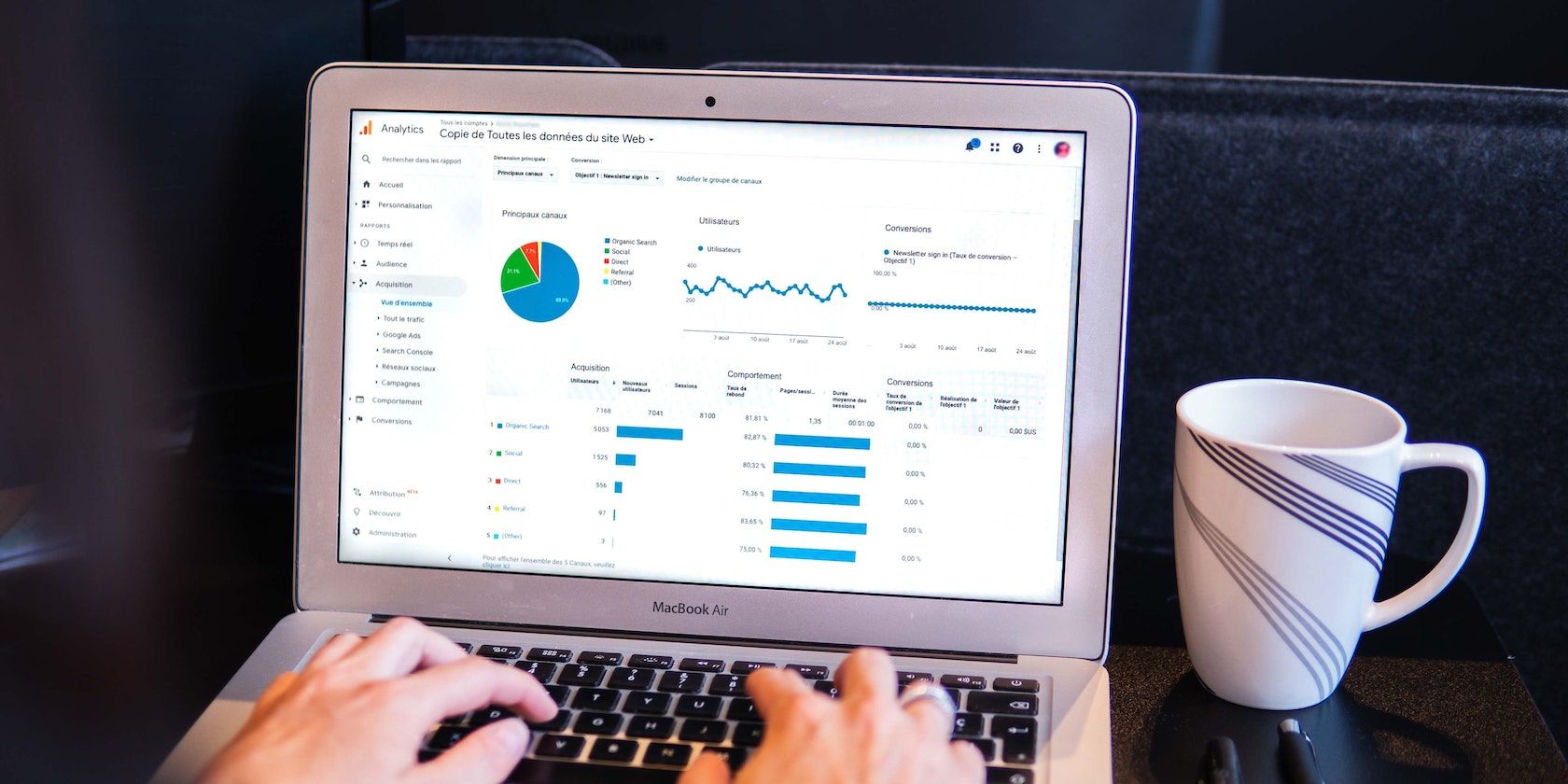Since the dawn of the internet, publishers big and small have wondered about the mysterious virtual visitors to their sites. How many are there? What are they reading? How many pages do Canadians using Firefox view per session?
The field of analytics tackles these questions, and the leading practitioner is, unsurprisingly, the company that often leads the way when it comes to internet data analysis: Google.
What Is Analytics?
Depending on exactly how you measure it, roughly half to two-thirds of the internet uses Google Analytics. Although the service has only existed for about half of the World Wide Web’s lifetime, the concept of measuring and analyzing web traffic was established right from the start.
Unlike other less direct media, such as television or newspapers, the web has always involved sending a large amount of rich information back and forth between producer and consumer. When you visit a website, your browser sends a lot of data to that site. Thankfully, that data tends to be more about the browser than you as an individual!
There are several reasons why web publishers might want to get their eyeballs on this data. For a start, it’s quite fun just to have positive feedback on the content that you’re putting out there. Anyone who has taken time out to view the behavior of their site’s visitors in real-time can attest to this!
Analytics can also inform on how a site is being used, from time spent on pages to the performance of search results. Some companies, including Google themselves, construct a feedback loop, continuously measuring changes. By observing real usage, they then respond with tweaks to even the smallest design or structural elements.
Finally, advertising supports many online business models. Analytics can prove a valuable means of demonstrating value to companies looking for an audience.
What Is Google Analytics?
Google Analytics is a simple-to-use, mostly automated solution for the gathering and analysis of web traffic data.
It’s a third-party solution, which means your data is sent to Google, then made available for you to use subsequently. It utilizes JavaScript, which means it will collect data even if a page is fetched from a cache or proxy server.
This is in contrast to earlier web monitoring tools, which relied on data collected by the server. That approach still informs a lot of current thinking because sites collect much of the same data. However, client-side monitoring provides a richer set of information. You can still see both approaches in use today.
How to Setup Google Analytics
Google Analytics is freely available to anyone with a Google account. You can then measure any web page usage, from the smallest blogging service to the largest in-house architecture. If you can edit a page’s HTML or supply a custom JavaScript file, you can use Google Analytics.
Once you’ve set up a Property (broadly speaking, a website) within your Google Analytics account, you’ll have a unique identifier (e.g., UA-1234567-1). You’ll also be able to download a Tracking Code, a small snippet of JavaScript to embed in each web page you wish to track.
You can go beyond this drop-in solution, with various navigation funnels to track different types of behavior. But the default setup is quick and straightforward and provides a lot of useful data.
To share the workload, you can give other users access to your account, with various permission levels. For example, you can allow members of a marketing team to view some reports and members of a sales team to view others.
What Is a Metric In Google Analytics?
Google Analytics divides the data it presents into two distinct types: Metrics and Dimensions. Metrics are quantifiable measurements, such as Pages per Session, which counts the average number of pages viewed in a session. They are typically expressed as numbers, including percentages or durations of time.
Metrics often represent the key data: how many users visit your site, how many pages do they read, how much time do they spend reading.
Examples of Some Common Metrics
The Users metric represents the number of users for a requested period. This metric aims to count individual visitors to your site with as high a degree of accuracy as possible.
A related metric, Sessions, tracks the number of visits to your site. Note that each session can involve the viewing of several different pages. If a user visits your site on Monday and then again the following day, that behavior will likely result in a total of two sessions.
Pageviews is a metric that totals the number of times a user loads a page. Unique Pageviews is often more useful since it discounts repeat views. If a user refreshes a single page 100 times, that will represent 100 Pageviews and 1 Unique Pageview.
Time on Page, which you should treat with caution, records the number of seconds a user spent reading a page.
What Is a Dimension In Google Analytics?
Dimensions are attributes of your data, such as City, representing the city from which a session originates. They typically hold non-numeric values such as names, languages, or campaign identifiers.
Dimensions often refine metrics, splitting them into smaller groups based on specific demographics. For example, you can take a total number of Pageviews and see how many were from Europe and how many were from Africa.
Examples of Some Common Dimensions
User Type groups users into New or Returning, based on whether they’ve visited your site before.
Continent, Country, and City are a few examples of geographic data. They identify your users’ locations, albeit with a small margin of error.
Screen Resolution is an example of the type of Dimension that can help to inform your site’s design. As with all data you collect, though, you should understand it in context.
Take Website Traffic Analysis Further With Google Analytics
Google Analytics offers more besides the basics. Secondary Dimensions provide more granular breakdowns of your data. Custom dimensions & metrics can track other types of data specific to your site.
In fact, customizable reports and ongoing improvements to the service mean that you can analyze it in almost any way you can imagine once you start collecting data. But the default settings make Google Analytics useful right out of the box.
About The Author

